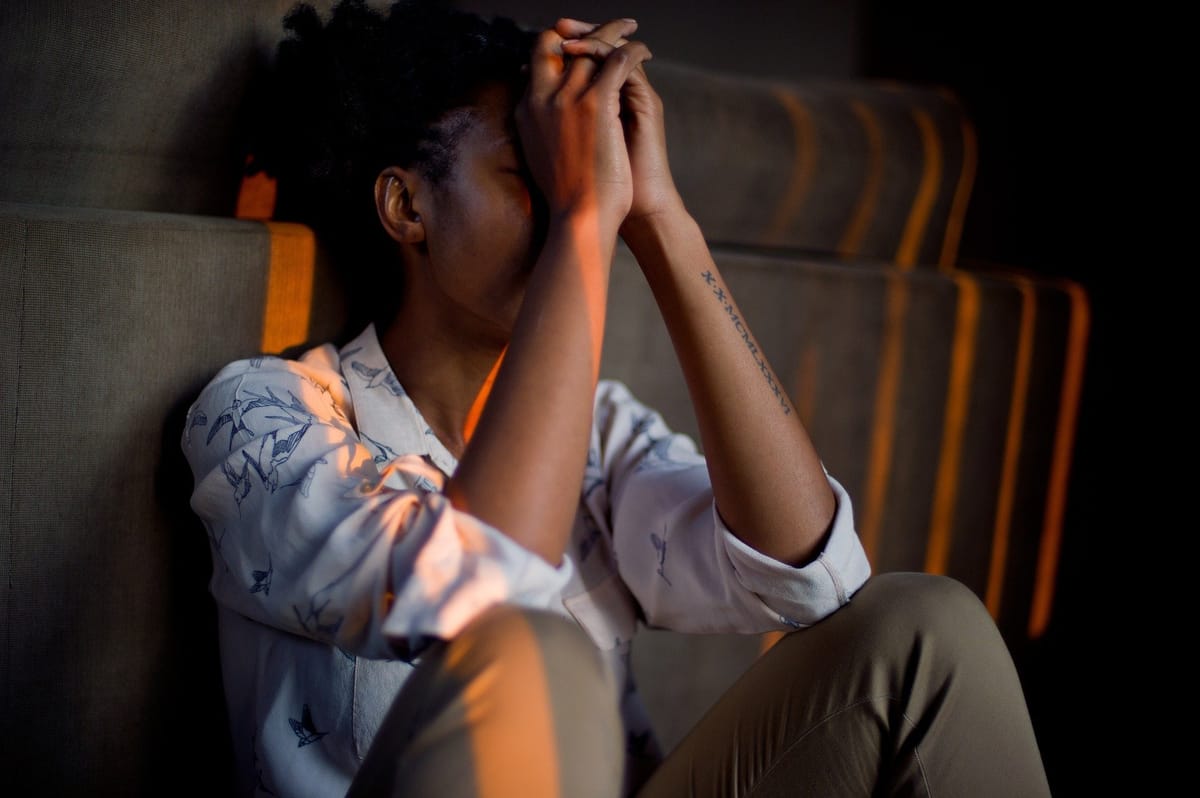Obsessive-Compulsive Disorder: Not A Quirk, A Nightmare

By Ashika George, BA History of Art
Content warning: mental illness
When the term ‘OCD’ is used, the image conjured is of a type-A individual who loves cleanliness, tidiness and organising. We see this representation on social media and other media outlets, with the phrase ‘I’m so OCD’ ingrained in common vocabulary. My first encounter with the term obsessive-compulsive disorder was on Disney Channel, where the characters in a series described it as wanting every object to be organised in a particular fashion. While OCD can manifest as these sorts of obsessions and compulsions, the reality is that the disorder is far more complex than what has been portrayed and understood in contemporary society.
Obsessive-compulsive disorder is defined by the NHS as ‘a common mental health condition where a person has obsessive thoughts and compulsive behaviours.’ Obsessive thoughts are unpleasant and unwanted, and they can cause a great deal of distress, which then leads to repetitive compulsive behavior. For example, I have obsessions regarding contamination/infection: anxious over developing an illness or even death if I touch door handles or raw food, I wash my hands repeatedly until I feel as if I am 100% clean.
‘It is harmful how people continue to perpetuate OCD as a personality trait or a topic of humor. If you suffered from this disorder even for a day, you would quickly realise that it’s not a quirk, but a horrific nightmare.’
Compulsions may allow relief but it is only temporary and can become exhausting and detrimental to one’s health. It is debilitating. Of course, there is a range that affects each individual differently when delving deeper into the symptoms that encompass the disorder. Unfortunately, the representation of OCD solely as cleaning, tidying and organisation means that symptoms are misunderstood as a harmless set of quirky traits rather than signs of a severe disorder. It is harmful how people continue to perpetuate OCD as a personality trait or a topic of humor. If you suffered from this disorder even for a day, you would quickly realise that it is not a quirk, but a horrific nightmare.
The disorder includes further darker obsessions that are not well-known to the general public, such as harm/violence, paedophilia, sexual themes and scrupulosity, to name a few. These are frequently classified under ‘Pure OCD’, defined by the Made of Millions organisation as ‘a type of OCD in which a sufferer engages in hidden compulsions.’ I also experience lesser known obsessions of hurting loved ones: I feel terrified I will act it out and mentally repeat certain words or numbers, check memories and/or avoid people until the thoughts feel eradicated.
Since some of these themes are considered taboo, sensitive or can easily be misunderstood as people genuinely wanting these thoughts, many do not know that they have OCD or feel that they cannot disclose their thoughts to loved ones or to mental health professionals. These themes or symptoms also vary between each individual with Pure OCD, and are very much valid. Starting to understand how extremely difficult these obsessions can be through mental health discussions is a major step in de-stigmatisation. I can tell you that since I was a child, I had been struggling with intrusive thoughts, but thought it was just my brain being strange. I was not officially diagnosed until October 2019. Educating ourselves on the scope of this disorder can greatly ensure that people don’t take years to be diagnosed and receive treatment.
It is critical that we begin to understand OCD’s true nature and impact and discontinue the usage of OCD as a term to describe misconceived symptoms and as funny traits. I sincerely hope that more people become aware of the reality of obsessive-compulsive disorder, begin to treat sufferers with care and raise further awareness of this misunderstood condition.
Photo caption: Woman with mental health issues sitting with hands over face. (Credit: Pixabay)


